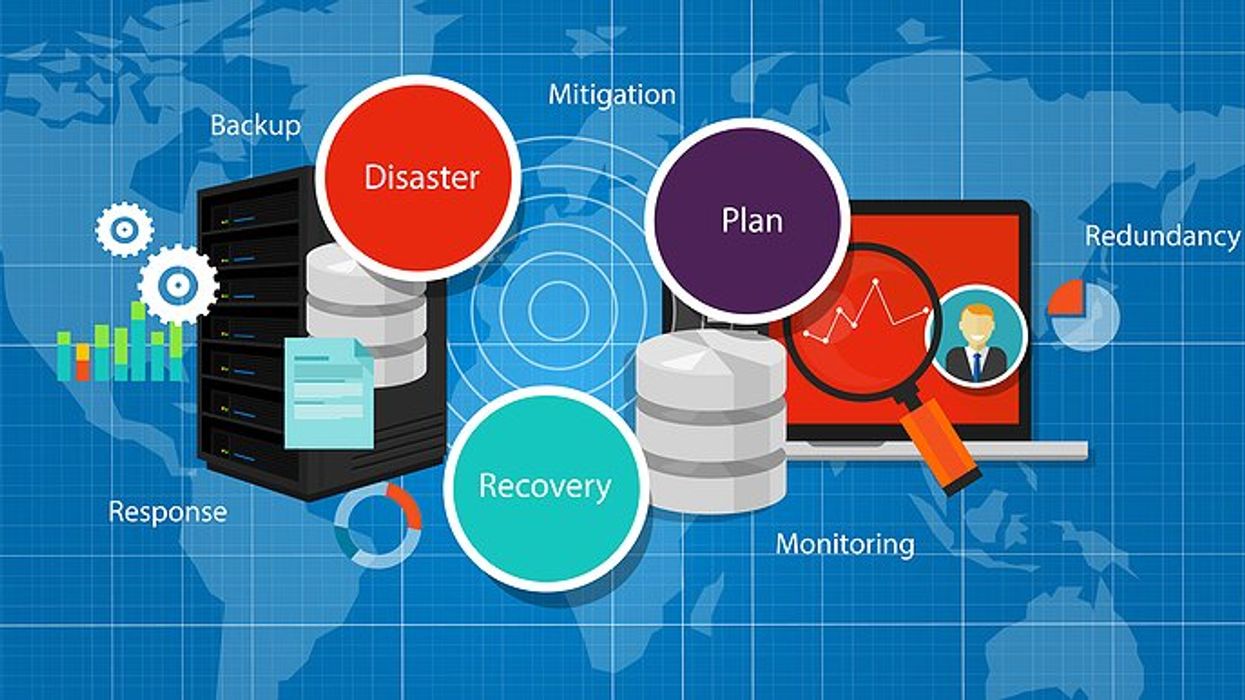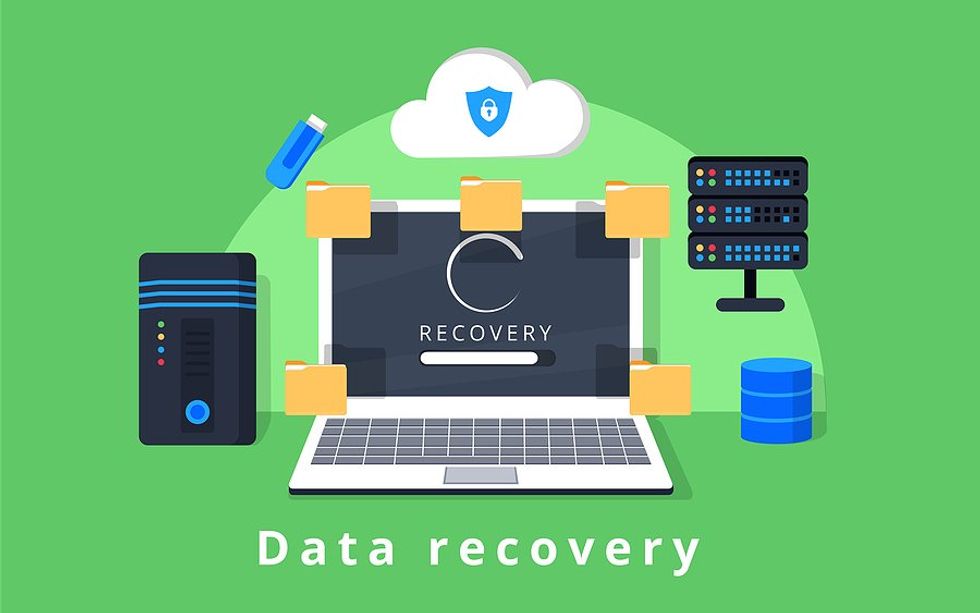The Most Important Part Of Your Resume

What’s the most important part of your resume? We hate to say it, but the attention span of hiring managers seems to be getting shorter.
In fact, I was speaking with an executive-level individual the other day (who regularly reviews resumes) and he commented about how quickly he can scan through a stack of resumes and choose the candidates he plans to call.
He admitted that it really is an unfair processâthat so many job seekers are judged solely by the quality and presentation of their resumes (documents that too often are afforded a review of only a few seconds). And if it’s a poor presentation, or boring to the reader, or just doesn’t communicate the right message, they are quickly passed over.
It’s a given that the average employer will invest only a few secondsâliterallyâin his or her initial resume scan. So, it’s critically important to your candidacy to ensure that the part of your resume in which he or she is willing to invest five seconds of attention grabsâand keepsâtheir attention.
So, where is the employer’s attention going first? And how can you make the most of that section of your resume?
The First Third Of Your Resume Is The Most Important

The top third of your resume is where the employer will direct the bulk of his or her initial resume scan. So what you put here is vitally important.
If it’s boring, too text-dense, or doesn’t speak to the position they’re trying to fill, you’re sure to be passed over.
What Should You Put In This Critical Section?
The top third of your resume should contain the most dynamic, persuasive, and noteworthy information about yourself and your career. Top load your resume with skills, accomplishments, and quantifiable results that are the most applicable to the position you’re applying for.
Here are some critical areas:
- The contact information â Include links to your LinkedIn profile, career blog, or professional website. Direct the hiring manager to places where he or she can find more engaging information about you.
- The headline â This is not a job title. It’s where you summarize the problem you solve for employers, keeping in mind your personal branding statement.
- The experience summary â List 6-8 skills that are needed for a certain position. These are not soft skills. They are hard/transferable skills that will help you succeed in the job you’re applying for. Remember: The employer has a need they’re trying to fill, and if what you are known for meets that need, you’ve just become very employable.
After you’ve caught the eye of the employer with your top third, they will be inclined to spend more time on your resume and read further.
Your work history section should not contain any resume fluff. It also should not be a summary full of generic statements that are vague and speak nothing to who you are or what you bring to the table as an employee. This is the time to set yourself apart as a candidate. Use specific keywords and quantifiable information in your bullet points under each job title. This will impress the hiring manager and make you stand out in a sea of job applicants.
Employers want to see results, and they want to know what you’ve accomplished in the past. Having a friend or family member look over your resume and then provide an opinion is nice when it comes to proofreading and pointing out errors within the resume. But someone who knows you and has a vested interest won’t be able to tell you in an unbiased way if your resume is boring. Try to have an unbiased third party give you some feedback on how engaging they consider your resume.
Need more help with your job search?
Become a member to learn how to land a job and UNLEASH your true potential to get what you want from work!
This article was originally published at an earlier date.































